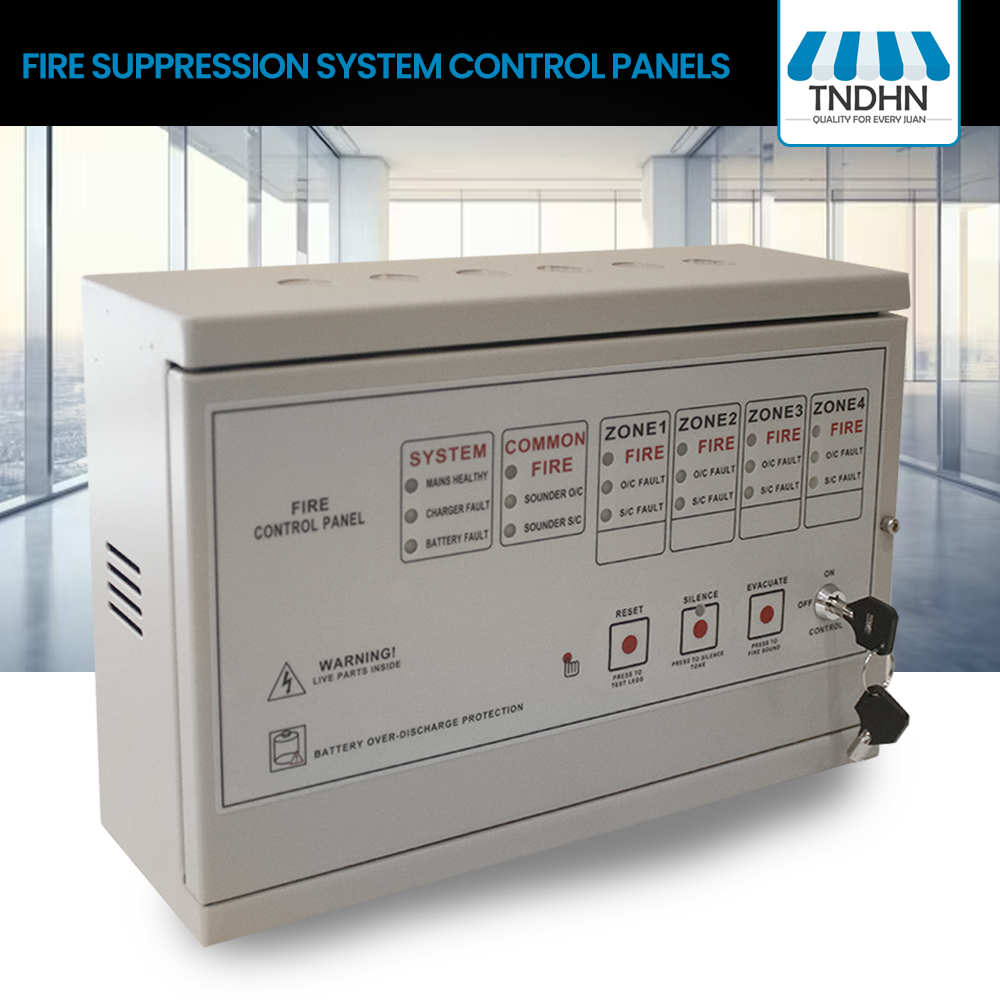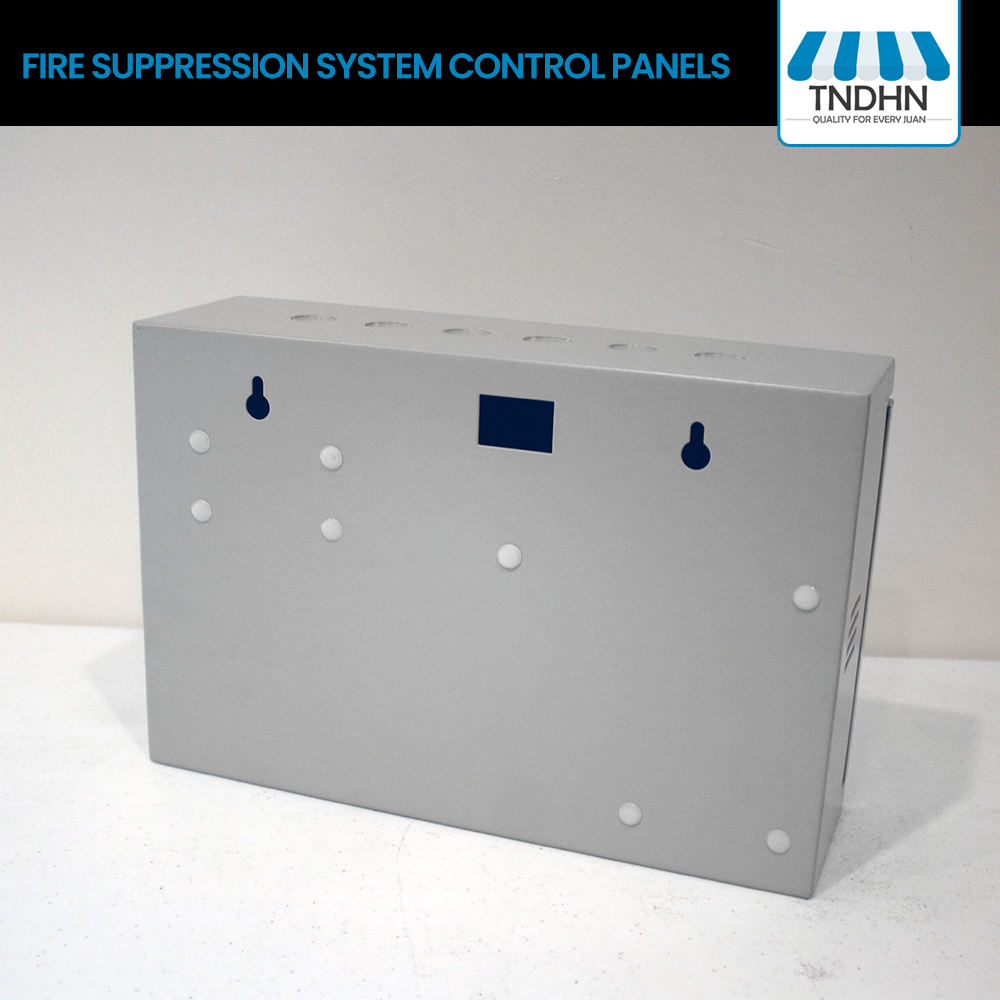VLT PRO
Fire Alarm System Control Panel
Fire Alarm System Control Panel
Couldn't load pickup availability
The Fire Alarm System Control Panel (FACP) is a central component of any fire alarm system, and its importance can be understood through the following key points:
1. Central Monitoring and Control
The fire alarm control panel serves as the brain of the entire fire alarm system. It monitors inputs from various devices such as smoke detectors, heat sensors, and manual call points, and controls the output devices such as alarms, lights, and sprinklers. It ensures that all parts of the system work together seamlessly to detect and respond to a fire.
2. Immediate Fire Detection and Response
The FACP processes signals from detection devices and triggers an immediate response if a fire is detected. This includes activating audible alarms, visual indicators, and other emergency systems, allowing for faster evacuation and response.
3. System Status and Fault Monitoring
The control panel provides real-time information about the status of the fire alarm system. It displays alerts for any faults, malfunctions, or disconnections in the system, allowing for timely maintenance and ensuring the system is always operational when needed.
4. Emergency Communication
Some advanced fire alarm control panels include emergency communication capabilities, allowing authorized personnel to broadcast evacuation instructions or other important messages to occupants. This can help guide people safely and effectively during an emergency.
5. Customizable Fire Response Actions
The control panel can be programmed to take different actions depending on the type and location of the fire. For example, it might automatically release fire doors, shut down HVAC systems to prevent the spread of smoke, or trigger sprinklers in a specific zone. This tailored response helps minimize damage and protect life.
6. Integration with Other Safety Systems
A fire alarm control panel often integrates with other building safety systems, such as security alarms, elevator controls, emergency lighting, and smoke control systems. This integration ensures a coordinated response to emergencies, enhancing overall safety.
Share











